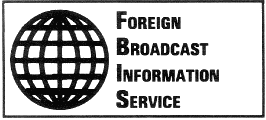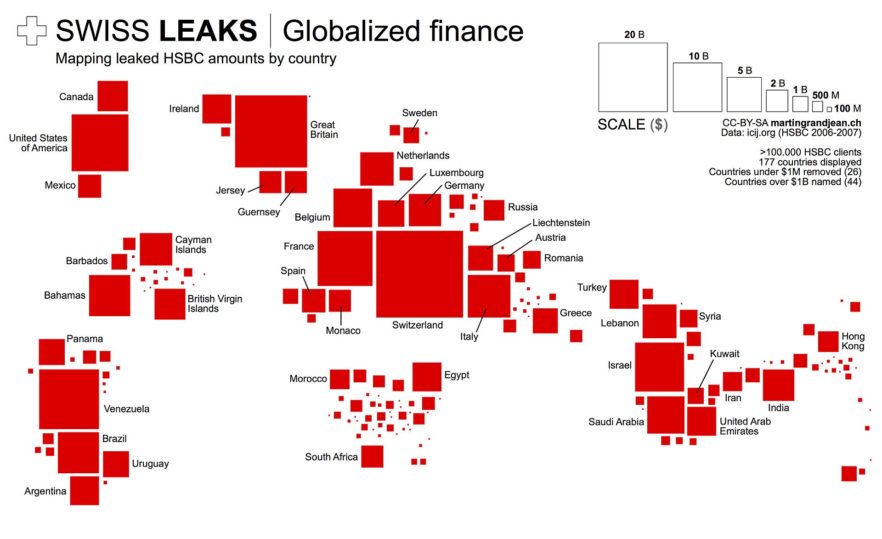First of all OSINT ( Open Source Intelligence ) is the collection, analysis, and dissemination of information that is available to the public and legally accessible. OSINT is usually used by governments, business and even independent organizations. It is extremely useful to investigators, analysts, journalists, law enforcement officers and the Military. Technically OSINT gathering encampasses performing a Google search. The most powerful OSINT tool we have at our disposition is Web Browsers and AI.
( sources: Oxford Internet Institute )
The earliest uses of OSINT have been documented in mid 20th Century America and early 21st Century Great Britain. In the United States OSINT traces its origins back to 1941 with the creation of the FBIS ( Foreign Broadcast Information Service ), as you might expect it was responsible for monitoring foreign broadcasts and gathering intelligence. In 2004, following the terrorist attacks of 9/11, the 9/11 commission recommended the creation of an Open Source Directorate within the CIA. In 2005 the Iraq Intelligence Commission did the same. Following this the Director of National Intelligence, John Negroponte, announced the creation of the DNI Open Source Center. The Center was established to collect information from all public and legal sources. It eventually absorbed the FBIS and was reorganized into the OSE ( Open Source Enterprise ).
( sources: Wikipedia )

Let’s take a closer look at the Foreign Broadcast Information service. Established the 26th of February 1941 by President Franklin D. Roosevelt. It was placed under the authority of the Federal Communications Commission. The FBIS proved vital during World War II, it was supposed to monitor Axis radio propaganda, record or transcribe information and forward it to War Agencies with weekly reports. Multiple speeches of Axis leaders and officials such as Benito Mussolini, Adolf Hitler, Joseph Goebbels, and Philippe Petain were monitored. Japanese radio stations were also monitored. In total the FBIS had to keep track of 60 different radio stations around the world. After the Second World War the FBIS redirected its attention to the Warsaw Pact and other communist countries. Monitoring their radio, news, and speeches throughout the Cold War. At its peak the FBIS had stations throughout the world in US embassies. It became a very important tool for the CIA and shows us the importance of OSINT.
( sources: Wikipedia and University of Washington )

A modern example of the use of OSINT is Swiss leaks, a journalistic investigation, released in 2015, of an immense tax evasion scheme allegedly operated with the knowledge and encouragement of HSBC through its Swiss subsidiary, HSBC Private Bank ( Suisse ). Investigators allege that 180.6 Billion euros passed through HSBC accounts held in Geneva by over 100,000 clients and 20,000 offshore companies between November 2006 and March 2007. The man responsible for these findings is Hervé Falciani, he acquired proof of the scheme through OSINT. Later in 2008 he handed over the information to the French Authorities. After going through the files. French authorities began notifying other countries of the scheme. Following the investigation in France there were two more, one conducted in Morocco and another by the International community. In 2015 the International Consortium of Investigative Journalists (ICIJ) released more information on swiss bank accounts, this involves the Swiss leak project, a website that contains almost 60 000 leaked files with details on 100 000 HSBC clients and their respective bank accounts.
( sources: ICIJ and Wikipedia )

In a way OSINT has existed since the beginning of public records, journalism and government. Different individuals have always had to use public records to get information for different purposes. Journalists, Historians, most Government employees analysts, and others have used OSINT for Centuries.
Further Reading:
By Laird Balas

This work is licensed under a Creative Commons Attribution-ShareAlike 4.0 International License, unless otherwise licensed by original authors.

